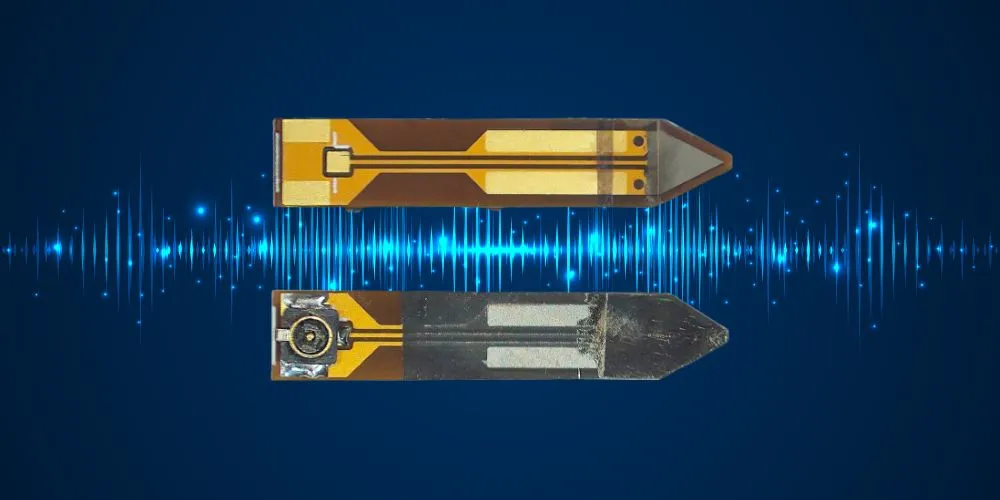Key Points:
- A multidisciplinary team of researchers creates implantable microphones for cochlear implants.
- Existing implants rely on external hardware. The new UmboMic uses biocompatible piezoelectric material to capture eardrum movements.
- The new microphone targets a part of the middle ear called the umbo, which vibrates unidirectionally, making it easier to sense these movements.
- Testing on human ear bones from cadavers demonstrated robust performance. The team aims to ensure the sensor remains flexible and effective for up to 10 years.
A multidisciplinary team of researchers from MIT, Massachusetts Eye and Ear, Harvard Medical School, and Columbia University has developed a groundbreaking implantable microphone designed to improve cochlear implants. These tiny electronic devices provide a sense of sound to people who are deaf or hard of hearing and have already helped over a million people worldwide, according to the National Institutes of Health.
Current cochlear implants are only partially implanted, relying on external hardware that typically sits on the side of the head. This setup restricts users from swimming, exercising, or sleeping while wearing the device and may even deter some from opting for the implant altogether.
The team’s new implantable microphone, a sensor made from biocompatible piezoelectric material, marks a significant step toward a fully internal cochlear implant. This microphone captures minuscule movements on the underside of the eardrum, utilizing piezoelectric materials that generate an electric charge when compressed or stretched. The researchers also developed a low-noise amplifier to enhance the signal while minimizing electronic noise.
“This collaborative effort started with ear doctors who recognize the need to improve hearing devices and brought that need to us,” said Jeffrey Lang, co-senior author and Vitesse Professor of Electrical Engineering at MIT. The research, published in the Journal of Micromechanics and Microengineering, builds on work initiated at MIT and Mass Eye and Ear over a decade ago.
The new microphone, UmboMic, targets a part of the middle ear called the umbo, which vibrates unidirectionally, making it easier to sense these movements. Despite the umbo’s limited range of movement, the team created a 3-millimeter by 3-millimeter sensor composed of polyvinylidene difluoride (PVDF) layers. This “PVDF sandwich” design reduces noise by producing opposite charges in each layer, which cancels out electrical interference.
Testing on human ear bones from cadavers demonstrated that the UmboMic performs robustly within human speech’s intensity and frequency range. The microphone and amplifier have a low noise floor, distinguishing quiet sounds from overall noise levels. Future research will include live animal studies to explore further the UmboMic’s performance and methods to encapsulate the sensor for long-term implantation. The team aims to ensure the sensor remains flexible and effective for up to 10 years.










